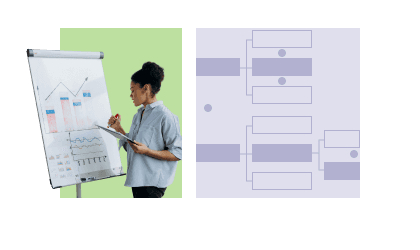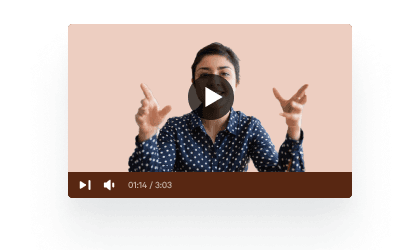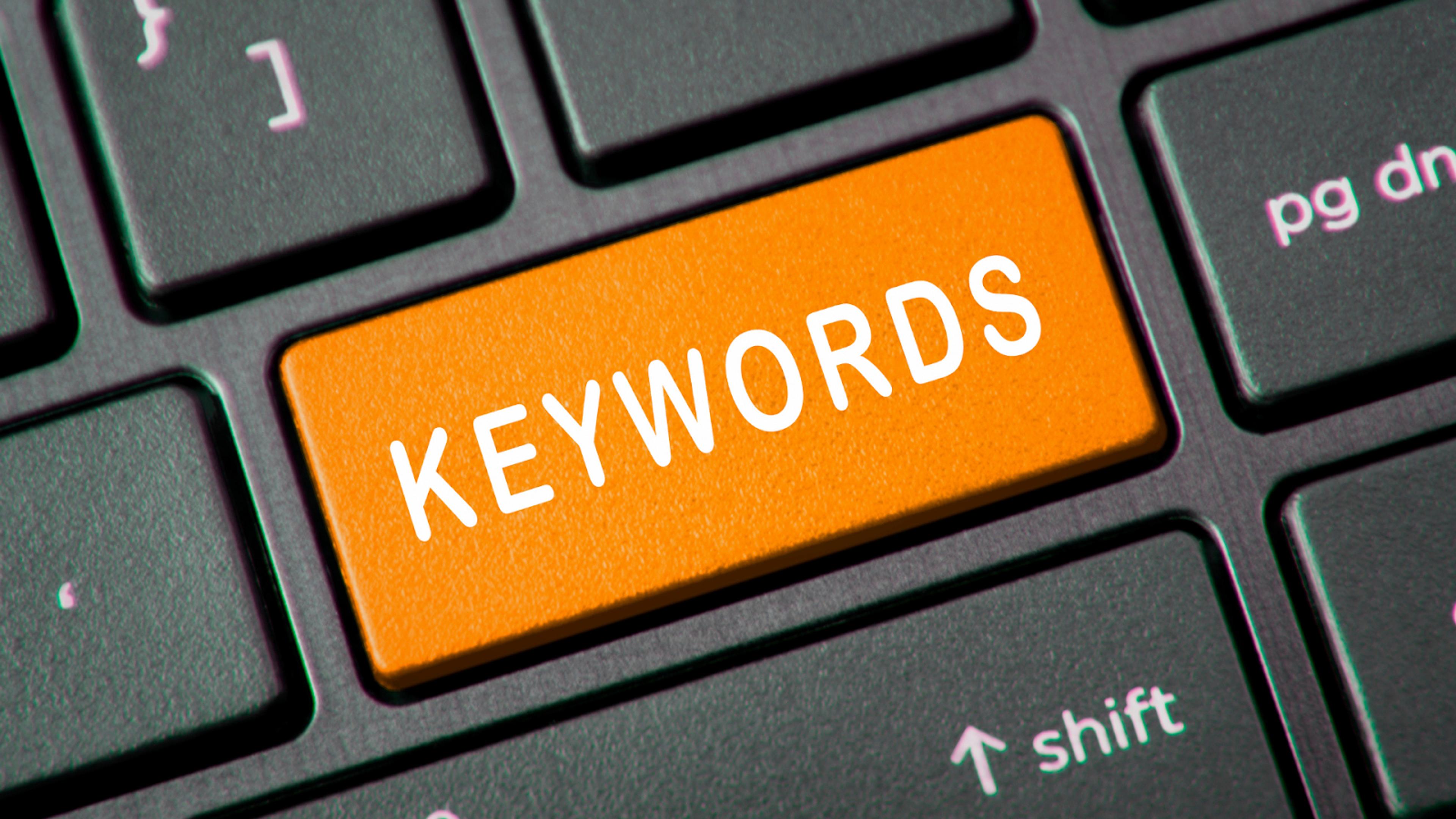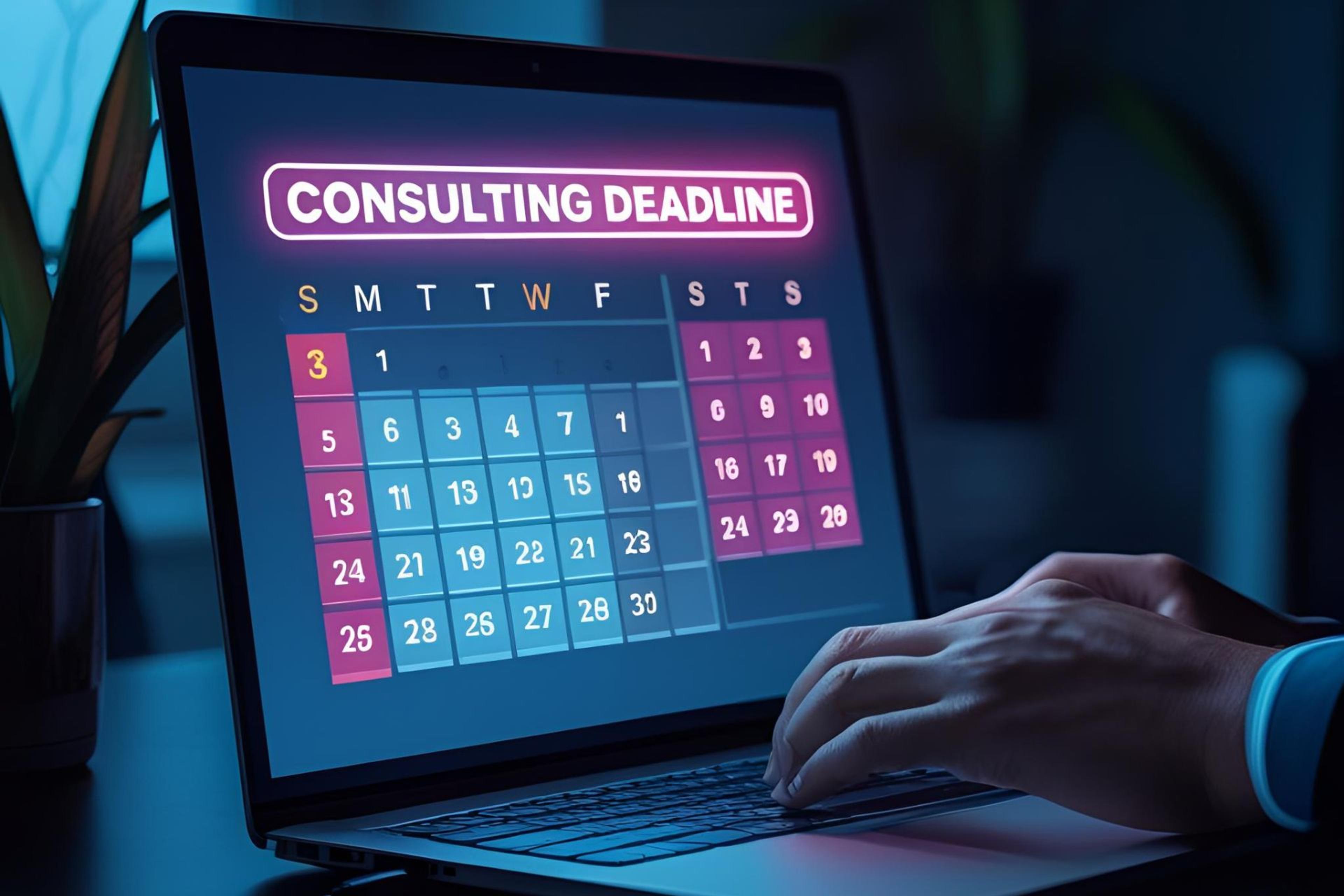BCG Case & Behavioral Interview Guide: Questions, Examples, & How to Prepare (2025)
Master your BCG case interview with proven frameworks, real examples, and expert tips to stand out in both case and behavioral rounds.
Posted November 14, 2025

Join a free event
Learn from top coaches and industry experts in live, interactive sessions you can join for free.
Table of Contents
Landing an offer from Boston Consulting Group is no small feat, and the interview process is where even the most qualified candidates stumble. It’s not just about having the right resume or memorizing frameworks. BCG is looking for people who can structure ambiguity, lead with clarity, and think like consultants under pressure, and in real time.
That’s why this guide goes beyond surface-level tips. Whether you're targeting a generalist role or a specialized practice, you'll learn exactly what to expect in both the case and behavioral interviews, how to prepare with purpose, and how to communicate like someone ready for Day 1 on the job.
Read: Consulting Case Interview Guide – With Examples (2025)
About The BCG Interview Process
What to Expect in the BCG Interview Rounds
The Boston Consulting Group (BCG) interview process typically includes two rounds, each made up of:
- 1–2 case interviews where you're expected to lead the problem-solving
- A short but high-stakes behavioral ("fit") interview focused on your leadership, impact, and communication
- In some offices (especially outside the U.S.), a written case interview may be included to test your ability to analyze data and present a structured recommendation in slide format
Expert Insight: All BCG interviews are candidate-led, meaning you're expected to take the initiative to structure the problem, ask clarifying questions, guide the discussion, and synthesize insights. You're not being “quizzed,” but you're driving a business conversation.
Read: BCG: A Deep Dive Into The Boston Consulting Group
Application Timeline
Timelines can vary slightly by region and role, but the general flow looks like this:
- Week 0: Submit application → Resume review by BCG’s recruiting team
- Week 1-2: Optional online assessment or recruiter screen
- Week 3-4: First round interviews (1–2 cases + behavioral)
- Week 5-6: Final round with senior consultants or project leaders
- Week 7: Outcome - offer, rejection, or waitlist
Pro Tip: Once you’re invited to interview, you’ll typically get 7–10 days to prepare. Start case prep early, don't wait for the invite.
How BCG Evaluates Candidates
Across both case and behavioral interviews, BCG assesses four core competencies:
| Evaluation Area | What They’re Looking For |
|---|---|
| Structured Thinking & Problem Solving | Can you break down complex problems clearly and logically? |
| Business Judgment | Do you show a practical, data-informed approach to solving real-world challenges? |
| Communication & Presence | Can you explain your thinking crisply and adapt to interviewer cues? |
| Leadership & Impact | Have you demonstrated ownership, initiative, and results in past experiences? |
Pro Tip: BCG doesn’t just look for “right” answers; they value clarity of thought process, adaptability, and coachability. They want to see how you think, not just what you say.
First Round vs. Final Round: What Changes?
- First Round: Heavier focus on technical ability, case structuring, and analytical rigor. Your frameworks and math will be closely scrutinized.
- Final Round: Less formulaic, more conversational. Partners or senior interviewers may challenge your assumptions, throw in curveballs, or test how you think under uncertainty.
Real-World Insight: Final rounds often feel more like a real consulting discussion than a quiz. One candidate shared, “My interviewer completely broke my initial structure, but they wanted to see how I’d adapt, not whether I’d get flustered.”
How to Master the BCG Case Interview
At BCG, the case interview isn’t just about solving a hypothetical problem; it’s a simulation of real client work. And it’s candidate-led, which means you drive the conversation from start to finish.
What the BCG Case Interview Really Tests
You're being assessed on whether you can think, communicate, and behave like a junior consultant from Day 1.
Expect to be tested on:
- Structuring ambiguous business problems using MECE logic and issue trees
- Asking sharp, focused, clarifying questions to define the scope and surface hidden constraints
- Developing a hypothesis-driven approach, starting with a strong point of view, and adjusting it as you uncover data
- Interpreting charts, tables, and exhibits to draw meaningful insights
- Synthesizing findings into a concise, actionable recommendation even under pressure
Expert Perspective: Compared to McKinsey’s interviewer-led format, BCG gives you more freedom and expects more creativity. Unlike Bain, BCG interviewers may probe harder into your business judgment and your ability to make tradeoffs, not just your math or framework.
Common BCG Case Interview Question Types
While no two cases are the same, most fall into familiar categories. Here’s a breakdown of the most common case interview question types you’ll see at BCG, with examples and the skills they test:
| Question Type | Sample Prompt | Skills Tested |
|---|---|---|
| Profitability | “Our client’s margins are shrinking — why?” | Root cause analysis, structured thinking, MECE |
| Market Entry | “Should the client expand into the Southeast Asian market?” | Strategy, risk assessment, business judgment |
| Growth Strategy | “How can the company grow revenue by 20%?” | Prioritization, creativity, value-chain thinking |
| Market Sizing | “Estimate the market size for bottled water in the Philippines.” | Estimation, logic, educated guesses |
| Data Analysis | Given a table or graph, “What can we conclude?” | Quant skills, chart interpretation, synthesis |
| Brainstorming | “What are 3 ways the company can increase customer retention?” | Idea generation, structured creativity |
Reddit insight: “In my final round, the interviewer threw in a market sizing mid-way through a profitability case. Totally unprompted. They wanted to see how I’d pivot.”
Frameworks for Structuring Case Answers
Top-performing candidates at BCG don’t rely on memorized frameworks; they build structures that reflect the unique dynamics of each case. A solid framework is a thinking tool, not a script. It should clarify the problem, guide your analysis, and evolve as new information emerges.
Many start with familiar baselines like the 4Cs, 3Cs, the profitability tree, or a value chain model, but the key is to use these as starting points, not templates. Great candidates take these building blocks and adapt them to the specific business context. For example, structuring a B2B SaaS pricing challenge requires different considerations than a retail expansion or a supply chain efficiency case. What sets BCG interviews apart is that you’re expected to tailor your framework in real-time, factoring in the client’s goals, constraints, market dynamics, and what “success” really looks like in that situation.
Often, the most effective approach is to build from first principles. Rather than plugging in a generic structure, ask yourself: “What has to be true for this business to succeed?” That question helps you form a testable hypothesis and design a structure around the key drivers and levers that matter most. It's less about fitting the case to a pre-made framework and more about showing that you understand what’s actually driving the business.
Equally important is your ability to adapt. BCG interviewers frequently introduce new information mid-case: data exhibits, contradictory assumptions, shifting objectives. The strongest candidates don’t panic or double down on a failing approach; they take a breath, reassess the landscape, and update their thinking logically. This kind of real-time flexibility is one of the clearest signals that you’d succeed in consulting, and it’s something BCG actively looks for.
In short, the right framework isn’t the most polished; it’s the one that makes your thinking clear, your analysis structured, and your conversation with the interviewer collaborative and insightful. The more you practice building frameworks from scratch, the better you’ll get at solving cases like a real consultant.
How to Approach a BCG Case

This is the core thinking model that underpins nearly every strong BCG case performance. While the actual case may shift direction or introduce surprises, this flow keeps you grounded and structured.
Start with a clear understanding of the business problem, not just what’s happening, but what success looks like for the client. From there, asking sharp, clarifying questions helps you define the scope, surface any hidden assumptions, and avoid wasting time solving the wrong problem.
Once the case is properly framed, you move into building a custom issue tree. This is where you break the problem down into MECE branches: distinct, logical categories that you’ll explore. Think of this as the blueprint for your analysis: it shows the interviewer how you plan to approach the case and where you’ll go next.
With that structure in place, you should form a hypothesis, a testable point of view about what might be causing the issue or where the opportunity lies. This doesn’t need to be perfect, but it gives direction to your analysis. Then, follow a focused analysis path: run the math, interpret charts, compare segments, and pressure-test your hypothesis using real data.
Finally, synthesize your findings into a clear, confident recommendation. Tie it back to the client’s goals, explain your reasoning, and outline potential next steps or risks. If done well, the interviewer will feel like they’re talking to a junior consultant, not a candidate following a script.
Pro tip: Practice each step independently before stringing them together. Most candidates get stuck trying to “solve” too early. Stay structured, speak your thinking out loud, and invite collaboration. BCG interviewers care just as much about how you think as what you conclude.
BCG Case Interview Examples (With Analysis)
Below are three high-quality, representative case interview examples to help you see what top-tier performance looks like in different question types. Each example walks through how a strong candidate would structure their thinking, analyze the data, and respond under pressure with commentary on what interviewers are looking for at each step.
Case Example 1: Profitability Decline
Prompt: A global consumer goods client has experienced a 15% YoY revenue decline for one of its flagship products. Identify the root cause and propose solutions.
Strong Candidate Approach: They begin by disaggregating revenue into price vs. volume, then split by product line and region to localize the issue. After doing the math, they find the decline is driven by volume losses in a Southeast Asian market. Through targeted questions, they learn that a competitor recently slashed prices.
The candidate recommends a short-term pricing response (discount or bundled offer) paired with a long-term repositioning strategy, supported by a competitor monitoring system.
Why It Works:
- Root cause thinking with a clean issue tree
- Hypothesis adapted in real-time as data emerged
- Balanced short- and long-term thinking
- Clear synthesis with logical next steps
What BCG interviewers value here: Prioritization, flexibility, and insight, not just a diagnosis, but a business-savvy plan forward.
Case Example 2: Market Entry Strategy
Prompt: An education technology company wants to expand into Latin America. Should they enter, and if so, how?
Strong Candidate Approach: Starts with a simple yet MECE framework: Market Attractiveness vs. Internal Capabilities. They identify key factors under each, such as size/growth, regulatory risk, and product-market fit.
After identifying Brazil as the most attractive entry point, they test feasibility via distribution, localization needs, and pricing. They raise the question of whether the company should build, buy, or partner and suggest a pilot launch with a local distribution partner.
Why It Works:
- Custom framework that fits the business context
- Shows business judgment by weighing entry modes
- Brings up risks (regulatory, localization) without prompting
- Synthesizes a clear, testable go-to-market plan
Expert insight: Candidates often forget to pressure-test their own recommendations. Great performance includes both a clear point of view and the humility to identify what still needs to be validated.
Case Example 3: Market Sizing + Brainstorming Hybrid
Prompt: Estimate the annual market size for coworking spaces in the Philippines. Then, suggest ways for a local provider to grow market share.
Strong Candidate Approach: They build the estimate top-down, starting with population, segmenting by urban professionals, then estimating coworking penetration, average spend, and churn.
After presenting a revenue estimate, they pivot into structured brainstorming using customer lifecycle stages: acquisition, retention, and monetization. Ideas include digital partnerships with HR platforms, flexible corporate bundles, and differentiated pricing for startups vs. enterprises.
Why It Works:
- Breaks down ambiguity into manageable steps
- Uses a clear logic chain with justified assumptions
- Transitions smoothly from quant to strategy
- Ideas are realistic, sequenced, and tied to business levers
Pro Tip: This type of hybrid case is increasingly common at BCG. They're looking for breadth of thinking and your ability to connect the dots, not just crunch numbers, but use them to drive insight.
How to Master the BCG Behavioral Interview
What the BCG Behavioral Interview Really Looks Like
Often referred to as the fit interview, this part of the BCG process is typically 10–15 minutes but carries far more weight than its length suggests. While the case interview tests problem-solving under pressure, the behavioral round evaluates whether you’re someone partners can trust on a client team, someone who brings leadership, maturity, and communication skills beyond their technical ability.
You’ll be assessed on key soft skills like leadership, influence, resilience, and problem-solving, not just whether you’ve experienced them, but how you reflect on them and how they shape your potential as a consultant. This is especially critical at top consulting firms like BCG, where client-facing roles require trust, agility, and emotional intelligence.
Many candidates underestimate the behavioral portion, treating it as an afterthought. But when final decisions come down to two equally strong candidates, this round often determines who gets the consulting offer.
Common BCG Behavioral Interview Questions
BCG behavioral questions are deceptively simple, but they demand depth, structure, and authenticity. Expect questions like:
- “Tell me about a time you led a team through a challenge.”
- “Describe a situation where you convinced others of your idea.”
- “Share a time you faced significant obstacles or conflict, what did you do?”
Unlike many consulting interviews, BCG interviewers tend to go deep on one or two stories rather than skimming across several. Be ready to spend 5–10 minutes on one experience, walking through not just what happened, but what you thought, felt, and learned.
Pro Tip: Don’t recycle generic leadership stories from your resume. Instead, build a strong business background of stories tailored to traits BCG explicitly tests, and be prepared to adapt them in the moment based on follow-up questions.
How to Structure Your Behavioral Answers
Strong behavioral answers aren't just well-told stories; they're your chance to prove you think, lead, and communicate like a future consultant. BCG interviewers want to see how you approach challenges, make decisions, reflect on your impact, and grow from experience.
STAR vs. PARADE: Which Framework to Use?
Both frameworks help bring order to your story, but they serve slightly different purposes:
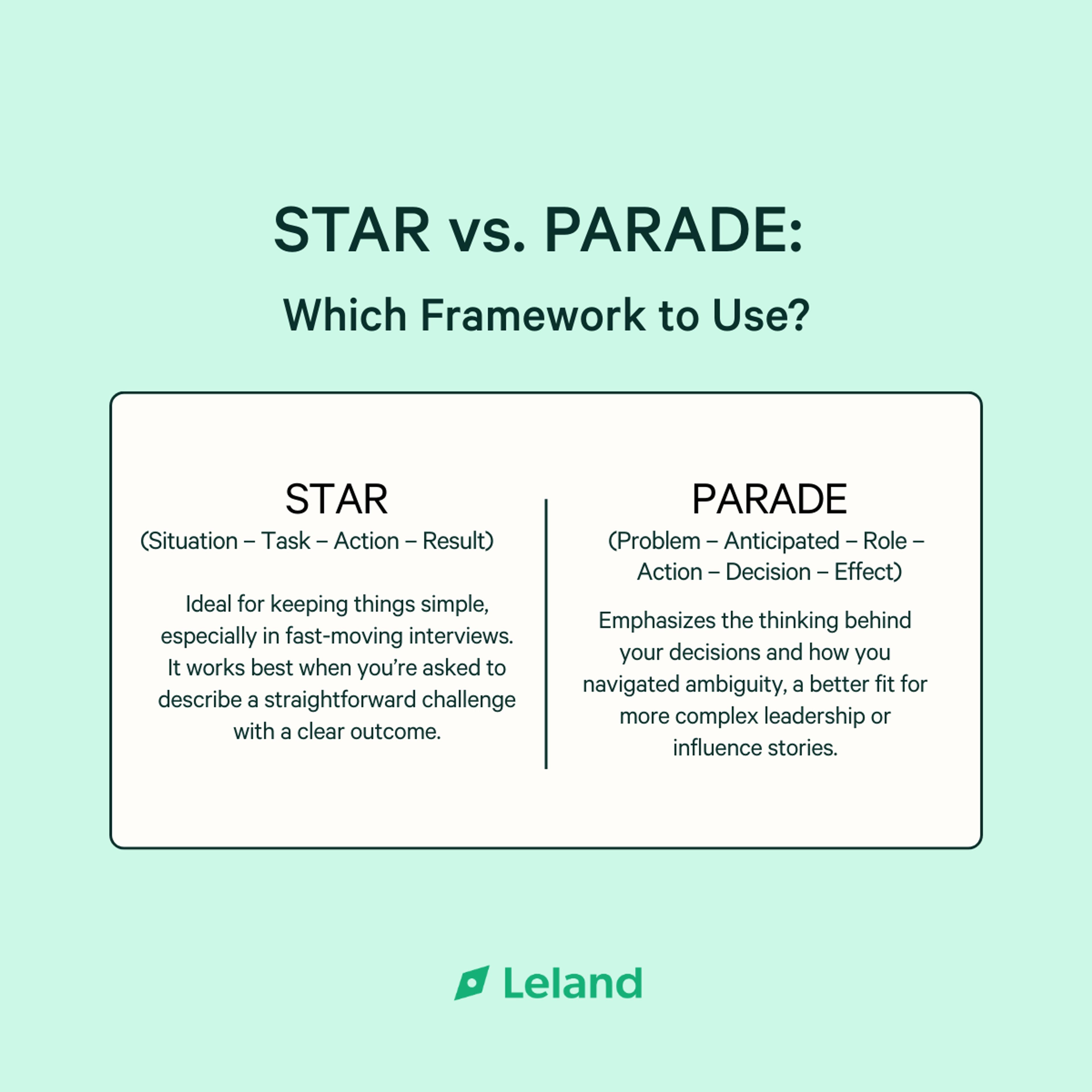
Pro Tip: Use STAR for clarity, PARADE for complexity. Great candidates can flex between both depending on the question.
Add Reflection and Lessons Learned
Most candidates stop at the “result”, but BCG is listening to how you think about the experience. What did you learn? What would you do differently? How did it shape your approach as a problem solver or leader?
End your stories with a sentence or two that shows maturity and coachability. This signals that you’re not just competent, you’re growing, which is exactly what BCG is hiring for.
Balance Authenticity with Professionalism
Your stories should feel real and personal, not robotic. But they should also be crisp, structured, and relevant to consulting interviews. Avoid fluff, over-sharing, or vague team projects where your individual role is unclear.
Speak like a consultant: focus on outcomes, decisions, and what mattered to the stakeholders involved.
Align Stories to What BCG Actually Tests

Expert Insight: One story can demonstrate multiple traits; just make sure your role is clear, your thinking is visible, and the reflection is real.
Sample Behavioral Stories (With Expert Commentary)
Example 1: Leadership Under Pressure
During a case competition, you led a student team with only 48 hours to build a business strategy presentation. Midway, your data analyst flagged a serious inconsistency. Tensions rose, and the team debated scrapping hours of work. You took control of the situation, facilitated a quick regroup, and reallocated responsibilities. The team rallied, and you placed second in the competition.
Why it works: Demonstrates clear stakes, ownership, problem-solving under stress, and communication with a team. You can also tie in how this experience improved your time management or collaboration style, a valuable trait in management consulting.
Example 2: Influence and Courage
During your consulting internship, you noticed that your manager’s financial model excluded a key operational cost. You double-checked the assumptions and built a new scenario. Then, you presented your concerns to the manager, not confrontationally, but with supporting logic. Your revision improved the accuracy of the recommendation and was included in the final client deck.
Why it works: Shows critical thinking, confidence, and the ability to influence upward, a skill that’s essential when working with partners or clients who may initially resist your ideas.
How this fits into your overall interview prep:
Just like case prep, behavioral interview prep should be deliberate and structured. Start by drafting 6–8 versatile stories across different contexts, such as school, internships, jobs, and volunteering. Then practice adapting them to different traits or prompts. This is especially valuable for candidate-led case interviews, where fit and communication matter just as much as your framework.
Include behavioral drills in your interview preparation timeline. Don’t wait until the last few days. Many candidates find that rehearsing aloud (even recording themselves) uncovers weak spots in logic, delivery, or impact.
Tip: If you’re prepping for BCG, McKinsey, and Bain, your behavioral stories can overlap, but you should always tweak the framing. BCG expects more depth, Bain cares about fit and collaboration, and McKinsey emphasizes structured leadership.
How to Prepare and Practice for BCG Interviews
Top candidates don’t just do random case drills; they approach interview prep like a project. That means having a clear roadmap, structured feedback loops, and regular iteration. Here’s how to design a high-performing practice plan that covers both case interviews and behavioral interviews in parallel.
Phase 1: Drill the Core Skills
Start with isolated skill-building to strengthen your fundamentals. Focus on mental math, interpreting exhibits, reading charts quickly, and breaking down problems with issue trees. Practice creating custom frameworks from scratch, especially in industries where you lack a business background.
Use free resources like Leland’s case library or Victor Cheng’s exhibit packs to build muscle memory. If you’re newer to candidate-led case interviews, start with simpler prompts that test your structuring and synthesis skills.
Phase 2: Structured Mock Interviews
Once you’re comfortable with the core tools, move to peer-led or coach-led mock interviews. Treat each session like a real client conversation. Record yourself, analyze your performance, and track detailed feedback by case type. This is where you’ll catch blind spots in your tone, timing, or clarity under pressure.
Real-world insights: “Recording myself changed the game. I realized I was rambling way more than I thought, and missing the big-picture insight.”
Include at least 2–3 mock behavioral interviews to test your STAR/PARADE stories live. Don’t assume your stories are ready until you’ve pressure-tested them with real-time follow-ups and pushed past surface-level outcomes.
Phase 3: Final Polish & Simulation
In your final 7–10 days, simulate full BCG-style interviews: 40–50 minutes total, including both case and behavioral. Focus on pacing, presence, and transitions, especially how you recover when caught off guard or challenged.
Mix in more ambiguous cases and written case interview prompts if your local BCG office includes them. At this stage, you’re refining delivery, not just content. It’s about being consultant-ready, not case-perfect.
Don’t Skip Behavioral Prep, It’s 50% of the Decision
Draft and refine 6–8 behavioral stories using STAR or PARADE, covering key traits like leadership, influence, and resilience. Make sure each story shows decision-making, not just action, and add reflection. Use a tracker to map which traits each story covers and which ones still need stronger examples.
Remember: BCG wants to hire future team leads. If your stories feel passive or purely academic, revise them to emphasize ownership, insight, and client-ready communication.
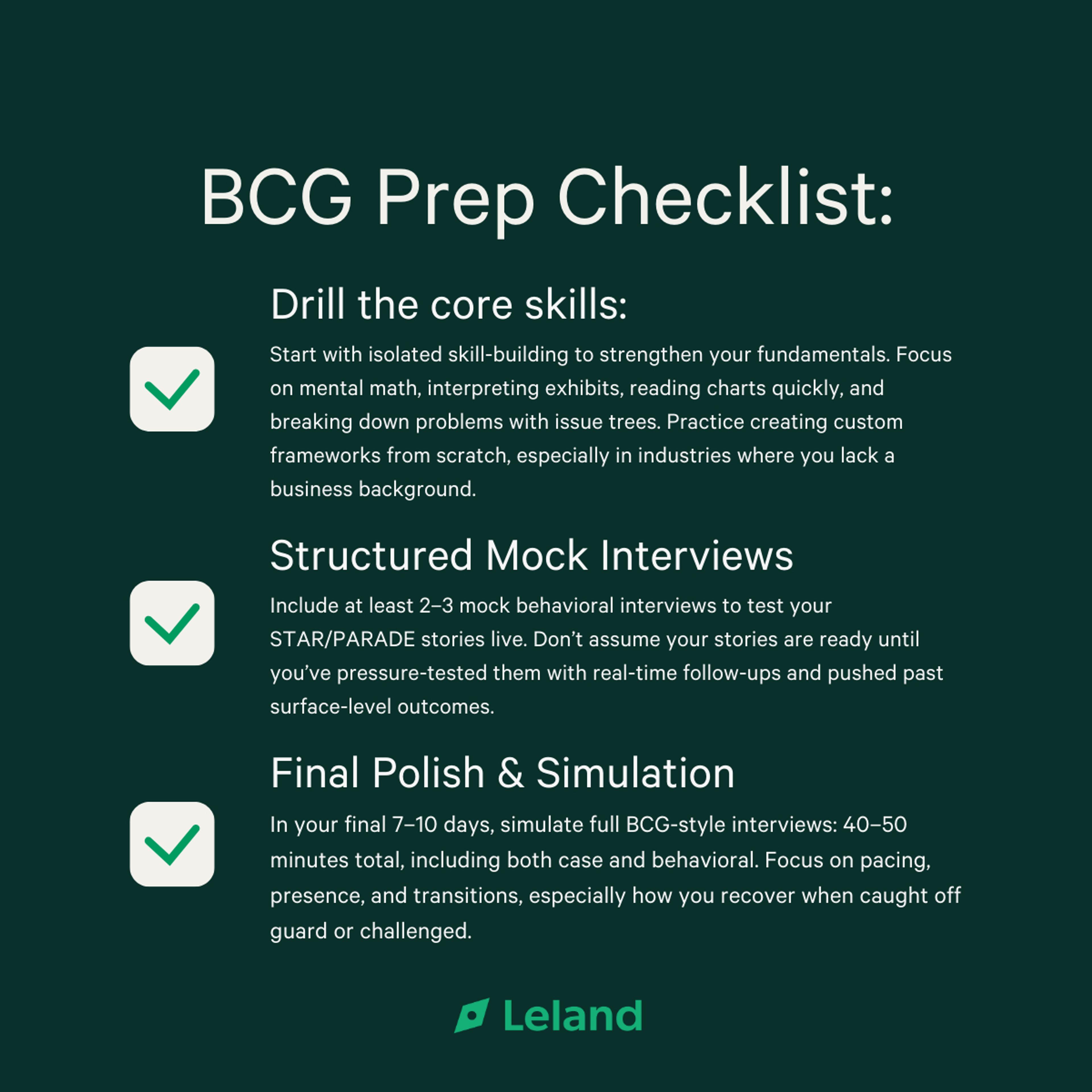
Ready to Ace Your BCG Case Interview and Land the Offer?
You've now seen what it really takes to succeed, not just frameworks and stories, but the mindset, structure, and adaptability BCG expects from future consultants. Whether you're early in your interview preparation or approaching final rounds, the difference between “good” and “offer-ready” often comes down to personalized feedback and live, high-stakes practice.
That’s where coaching comes in.
Leland’s coaching team includes former BCG consultants, case leaders, and interviewers who’ve sat on both sides of the table. They know exactly how BCG evaluates candidates and how to help you stand out in a sea of qualified applicants.
Whether you need a final round simulation, a sharp review of your behavioral stories, or help adapting your structure mid-case, we’ve got you.
Work with a top consulting coach here to get tailored guidance, detailed feedback, and the confidence to walk into your BCG interview fully prepared to earn the offer. Also, check out our management consulting bootcamps and free events to unlock your full consulting potential!
See: The 10 Best Consulting Coaches for Case Interviews & Resumes
Read next:
- BCG Cover Letter Guide — With Examples & Template
- How to Get a Job at BCG: Interview and Networking Tips
- 50+ Case Interview Questions & Examples (MBB + Other Top Firms)
- How to Answer the "Why BCG?" Behavioral Interview Question
- The BCG Bridge to Consulting Workshop: Overview, Tips, and What to Know
- BCG Matrix: What to Know and How to Use It
FAQs
How much time should I spend preparing for BCG interviews?
- Most candidates need 4–6 weeks, averaging 1–2 hours/day, mixing case drills, mock interviews, and behavioral story refinement.
How many case interviews does BCG usually conduct in total?
- 4–6 total across two rounds, usually two cases per round, plus fit questions.
Can I use the same stories for both BCG and other consulting firms like McKinsey & Company or Bain & Company?
- Yes, but tailor the emphasis. BCG favors detail and impact; McKinsey values structure more; Bain may test for culture fit.
How do I know if I’m ready to interview with BCG?
- If you can confidently structure any business problem, handle data under pressure, and tell polished behavioral stories, you’re close. Still unsure? Do a mock interview with a coach.
What’s the best way to practice for BCG interviews if I don’t have a partner?
- Use online cases, record yourself, and get feedback through case interview coaching or Leland’s resources.
How recent should my behavioral stories be for BCG interviews?
- Preferably within the last 2–3 years, unless it’s an exceptional story showing rare leadership or problem-solving.
Browse hundreds of expert coaches
Leland coaches have helped thousands of people achieve their goals. A dedicated mentor can make all the difference.











